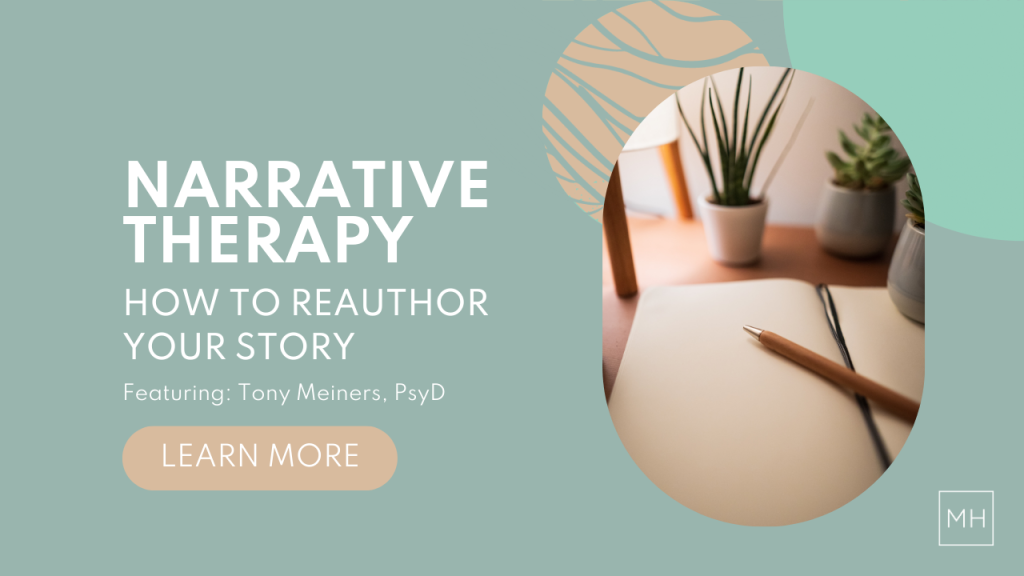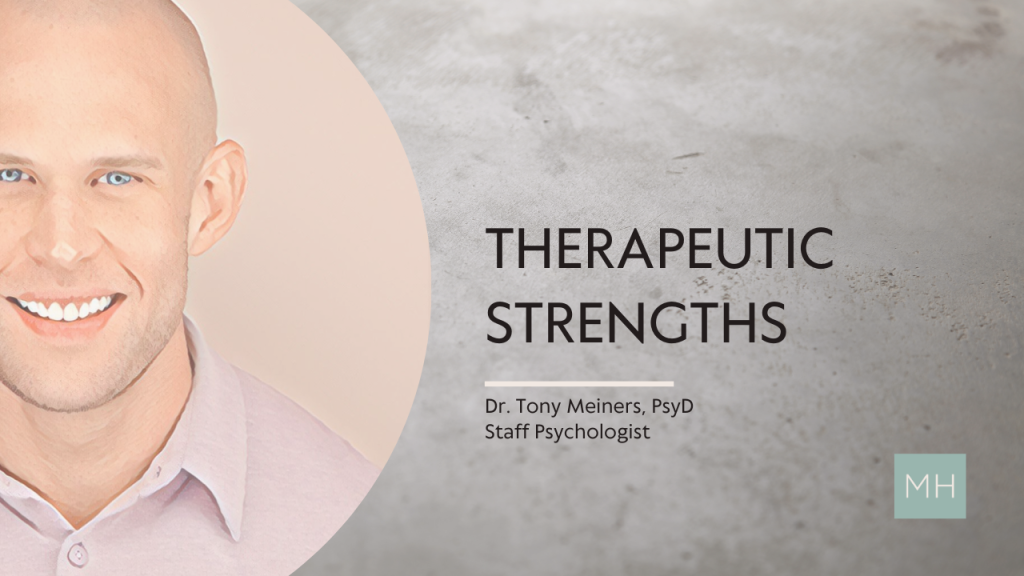NARRATIVE THERAPY :: HOW TO REAUTHOR YOUR STORY
When you think of stories, what comes to mind? Maybe you thought of a funny memory with a friend from childhood, or maybe you remember your father telling you about his childhood. Often, one thinks of stories as an account of imaginary or real people and events that are told for some purpose. What about the stories that we tell ourselves, the ones that shape our experiences and the framework through which we view the world? Even more so, what if these stories keep us in harmful patterns, relationships, and behaviors? Is it possible to become consciously aware of the impact that these stories may have on the course of our lives? How do we change these stories so that they represent a conscious, deliberate, preferred way of living?
TALK THERAPY
This is the central idea of narrative therapy. It is a form of talk therapy that centers people as experts in their own lives. It views people as separate from their problems and takes a stance that no problem has 100% control over an individual. Narrative therapy poses the idea that people have many tools, resources, and competencies that can help reduce the effects of problems on their lives.
KEY COMPONENTS OF NARRATIVE THERAPY:
- Stories don’t exist in isolation. There are always contextual factors that give meaning to the stories that shape our lives. Stories are dynamic, intertwining, and often coincide with multiple aspects of our lives.
- Curiosity is important. Remaining curious, collaborative, and respectful help individuals engaged in narrative therapy seek alternative stories to their problems.
- We are all experts in our own lives. Narrative therapists never assume authority or control over a patient’s life and collaboration is crucial for this reason.
- You are not the problem; the problem is the problem. This falls in line with externalization techniques and helps clients be able to see their problems as separate from themselves. In doing this, individuals are able to build stronger identities outside of their problems, better manage symptoms, and gain a non-judgmental approach to their problems.
DOMINANT VS. ALTERNATIVE STORIES
Narrative therapists think in terms of stories. There are dominant stories (ones that are derived from family, culture, society, lived experiences, feedback, etc.) that are filled with rich, full descriptions and easily self-reinforced. Narrative therapists work to break this loop of reinforcement by reauthoring the narratives into alternative stories.
Alternative stories are discovered by examining unique outcomes. Unique outcomes are described as times in which the problem has less/little influence on their lives.
- Was there a time in which the anxiety did not lead to a panic attack?
- Was there a time when the depression did not result in urges to self-harm?
- Was there a time when you had a craving and you were able to not drink immediately?
It is important to emphasize that unique outcomes must always be identified and believed by the client. Once these unique outcomes are identified, they can be strung together to create an identified alternative story. Initially, an alternative story is usually thin in description. This means that unique outcomes may be easily discarded as “flukes” or “accidents.” Over time, after examining unique outcomes and stringing them together to an alternative story, the goal is to build an alternative story that is rich and full in description and more easily self-reinforced.
DECONSTRUCTION + MAPPING THE INFLUENCE
Another important aspect of narrative therapy is the idea of deconstruction and mapping the influence. In deconstruction, individuals work to name the problem, trace the history of the problem, explore the effects of the problem, place the problem within context, and discover unique outcomes. Deconstruction helps individuals feel less overwhelmed by the problem’s influence. Making sense of the problem and breaking it into smaller pieces is part of this process. In mapping the influence of the problem, individuals work to recognize the effects of the problem and how it has interfered with many facets of their daily functioning and overall quality of life.
All in all, narrative therapy is the re-authoring of dominant narratives that are no longer serving their purpose in our lives. Therapists work to separate the problem from the client, identify times in which the problem had less of an influence on their lives, and build stories in which individuals are capable and able to draw on resources to handle problems. The stronger the alternative, preferred stories become in the description, the easier they can be self-reinforced.
It is important to note that this is a brief synopsis of a clinically intricate therapeutic modality. Key concepts were explored, but there is much more depth and clinically-driven work that transpires in narrative therapy. Dr. Meiners, Staff Psychologist at the Mental Health Collective, shares his thoughts on the narrative therapy modality:
DR. TONY MEINERS, PSY.D.
“Narrative therapy works because the human experience does not exist without stories. A modality that emphasizes the examination of how these stories came to be and seeks to build self-serving, self-preferred stories can have a massive impact on reducing a client’s symptomatology. It works because in order to live the human experience, we make it a necessity to tell ourselves stories . . . to create some meaningful conclusion to the experiences we have. We analyze and pick apart what we experience in order to select the most workable narrative that eases our immediate pain. We live entirely by the imposition of a narrative line with incongruent images.
So, why does this matter? Because the stories we curate are the driving forces of our lives. It matters because so many people are unaware of what their narratives are. These stories, they don’t exist in isolation. They are intertwined and often filled with problem-saturated narratives. It matters because many of these narratives focus on the person as the center of the problem. People are not the problem; the problem is the problem. If you don’t believe in the deepest parts of your heart that human beings are not their problems, and that their struggles are social/personal constructions, then the change that you want to see won’t come to fruition.
So, what now? The work lies in exploring human possibilities rather than settled certainties. Every time we ask a question, we are generating a possible version of life. What possibilities are you generating? Remain curious. Work to find outcomes in which the problem is lessened in influence and use these to build a story in which you are capable, in control, and able to handle and lead your preferred way of living.”
DO YOU HAVE A QUESTION?
Send our team a message or call 888.717.9355


